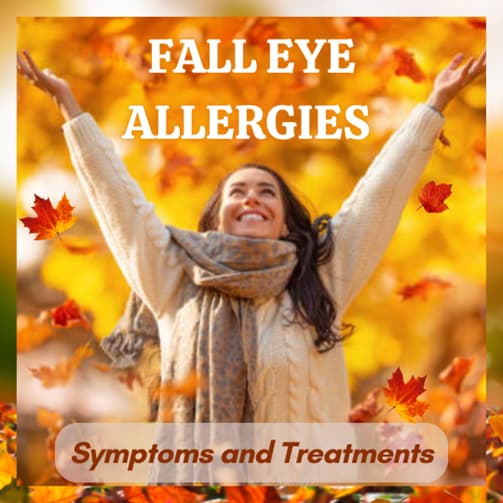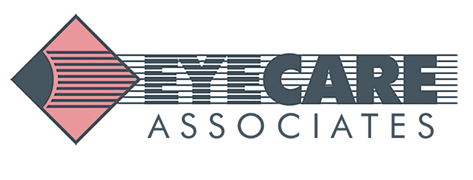Fall Eye Allergies: Symptoms and Treatments
Posted by: Eyecare Associates of New Orleans in Eye Health on September 18, 2024

Approaching soon, on September 22, 2024, the seasons change, and we say goodbye to summer and welcome the first day of fall. Fall is a beautiful time of year to see the beautiful leaves change. The days and nights get cooler, so it’s time for many to deal with eye irritation due to fall allergies. Did you know that fall is one of the worst times for people suffering from allergies? Most people think spring is the only time the eyes become itchy and red, and they experience allergic discomfort, but fall can trigger just as intense symptoms. If your eyes itch during the fall season or are red, tearing, or burning this fall, you may have a condition that affects millions of Americans. Many people will treat their nasal allergy symptoms but ignore their itchy and watery eyes.
What Are Fall Eye Allergy Triggers?
- Outdoor allergens that significantly affect the eyes during the fall season include ragweed, which releases pollen that can travel hundreds of miles in the wind. Also, grass pollens in certain areas in the United States can trigger seasonal allergies because certain grasses pollinate throughout multiple seasons.
- In the fall months of September and October, indoor allergens can also contribute to eye discomfort. Mold-producing spores, which can be found on logs, moss, wet leaves, and grass, thrive in damp areas such as bathrooms, kitchens, and basements. These spores can become airborne and trigger allergic reactions, including eye irritation.
- Dust mites can live in pillowcases, carpets, mattresses, cushions, and furniture upholstery.
Tips For Reducing Common Allergens
- Clean your heating vents and change the filter before turning on your heat for the first time. Mold and dust mites can get trapped in the vents over the summer and will fill the air as soon as you start the furnace.
- Use a dehumidifier to keep your air at between 35% and 50% humidity.
- When the ragweed pollen is at its peak in the morning, keep the windows and doors closed.
- When engaging in outdoor activities like raking leaves, it is important to take precautions to protect your eyes and respiratory system. Wearing protective goggles can shield your eyes from plant material that can trigger allergic reactions, and a mask can prevent you from inhaling mold spores that are often present in damp leaves.
How Do You Manage Symptoms?
While your allergies may not be entirely preventable, managing your symptoms can significantly reduce the discomfort of fall eye allergies. Proper eye care is crucial in treating allergy symptoms. If you suspect you’re dealing with fall eye allergies, don’t hesitate to contact us. We can provide you with various treatment options and valuable tips to help you manage your condition effectively.
We’re grateful for the trust you’ve placed in us for your eye health.
Thank you for being a part of our community and for allowing us to share valuable information and insights about eye health and related topics.

References: American Academy of Ophthalmology, American Optometric Association, and the National Eye Institute. This blog provides information and discussion about eye health and related subjects. The content provided within this blog and any linked materials are not intended and should not be considered medical advice. If the reader or any person has a medical concern, they should consult with an appropriately licensed physician.

 Online Bill Pay
Online Bill Pay